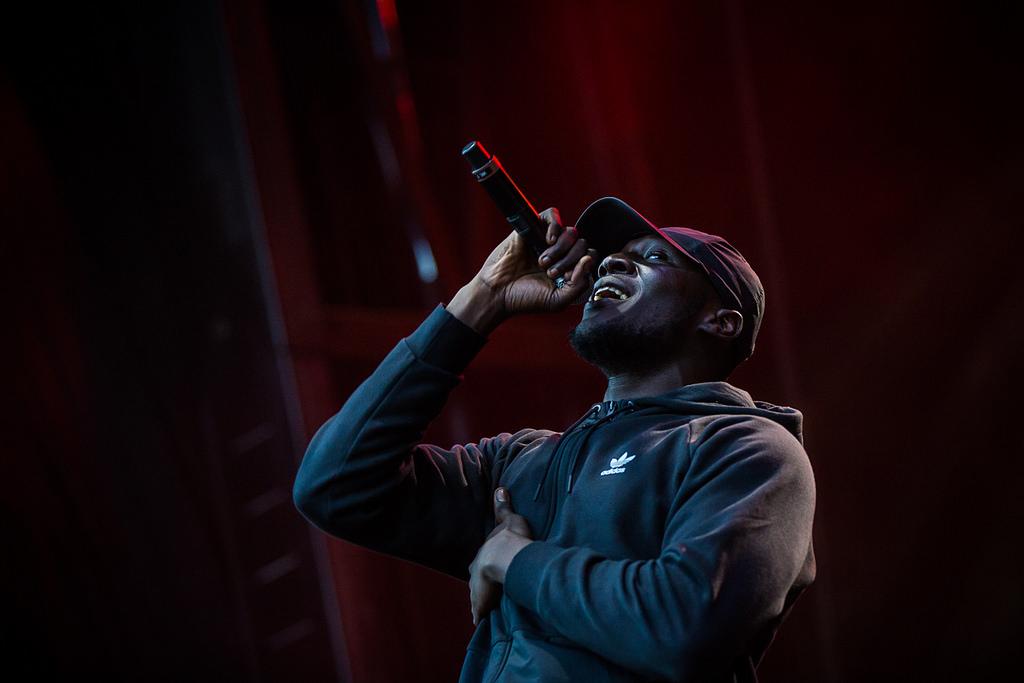Progress has been made within BAME representation – but the ingrained racism in society is still holding us back
The race race transgresses beyond the world of executives and into every sphere of life. Dotting the music stage with a black face here and there doesn’t change the stigma surrounding being a coloured face in Britain

Your support helps us to tell the story
From reproductive rights to climate change to Big Tech, The Independent is on the ground when the story is developing. Whether it's investigating the financials of Elon Musk's pro-Trump PAC or producing our latest documentary, 'The A Word', which shines a light on the American women fighting for reproductive rights, we know how important it is to parse out the facts from the messaging.
At such a critical moment in US history, we need reporters on the ground. Your donation allows us to keep sending journalists to speak to both sides of the story.
The Independent is trusted by Americans across the entire political spectrum. And unlike many other quality news outlets, we choose not to lock Americans out of our reporting and analysis with paywalls. We believe quality journalism should be available to everyone, paid for by those who can afford it.
Your support makes all the difference.White men are, apparently, an “endangered species” in British boardrooms. Lord forbid, it looks like colour is starting to taint the offices. Tesco is managed by a majority white group of executives, including John Allan, who feels that, “If you are female and from an ethnic background, and preferably both, then you are in an extremely propitious period.”
So why was Althea Efunshile blocked from the Channel 4 board, despite them claiming to look for more BAME representation? Karen Bradley, the Culture Secretary, vetoed the nomination of Efunshile to sit on an all-white board of decision makers. Instead, the CVs of four white applicants were brought forward to be assessed.
If things do not change from the top, how can those who start at the bottom ever make progress?
The race race transgresses beyond the world of executives and into every sphere of life. An example of this was represented by #BritsSoWhite. The hashtag was coined as a rebellion in the arts, highlighting that the Brit Awards are not a true representation of the cultural melting pot that is Britain.
The past few years have scattered the Brits stage with colourful faces: Kanye West, Beyonce, Stormzy and Skepta, to name a few. This year, the representation of non-white faces was the highest in the history of the awards. Perhaps this was part of the promise made by the organisers in 2016, who swore they would “enable the event to more effectively acknowledge diverse, breaking and established talent.”
Prior profiling acts have hindered the progression of grime music (Form 696 exemplifies this, look into it). An example of the controversy caused by this stigmatisation was Stormzy’s absence from the 2016 Brits stage. This decision swarmed social media, but this year, he represented grime and music that had thus far been overlooked, sharing the stage with Ed Sheeran. This was in spite of police appearing on Stormzy’s doorstep earlier this year, having been alerted by a neighbour that he was breaking into an apartment in Chelsea (which happened to be his own home).
The dotting of the stage with a black face here and there doesn’t change the stigma surrounding being a coloured face in Britain.
Now the race is on to beat the racial oppression, and “positive discrimination” is a term being banded from the stage of the Brits to the newsrooms of the mass media. Music produced by black artists has become fashionable and accessible, as has African culture, Indian symbolism, and ethnic embellishment in home and attire. Colour is flowing in.
But this is chartered colour, selected by leaders who feel that token tanned skin and ethnic minorities will increase diversity in their representation and output (aka tick boxes). The idea is to balance out the disproportionate amount of white faces in fields that are deemed blue-blood, and that are virtually impossible to feature in with brown skin. Bring on the novelty bindi stickers on foreheads and token tanned faces, representing a one-sided, Eton friendly, watered-down version of their roots and heritage.
But the stigma of that heritage, to the rest of the working and outer world who haven’t been positively discriminated towards, remains. Baroness McGregor Smith has found that “people from BAME backgrounds are still being held back in the workplace because of the colour of their skin.”
It seems ironic that the 2010 Equality Act declares positive discrimination to be illegal. In fact, it makes it unlawful to discriminate against employees, job seekers and trainees because of any protected characteristic, such as gender, sexuality, and race.
But who created, signed and passed the Equality Act? What colour were they and why is this still happening seven years later?
Join our commenting forum
Join thought-provoking conversations, follow other Independent readers and see their replies
Comments